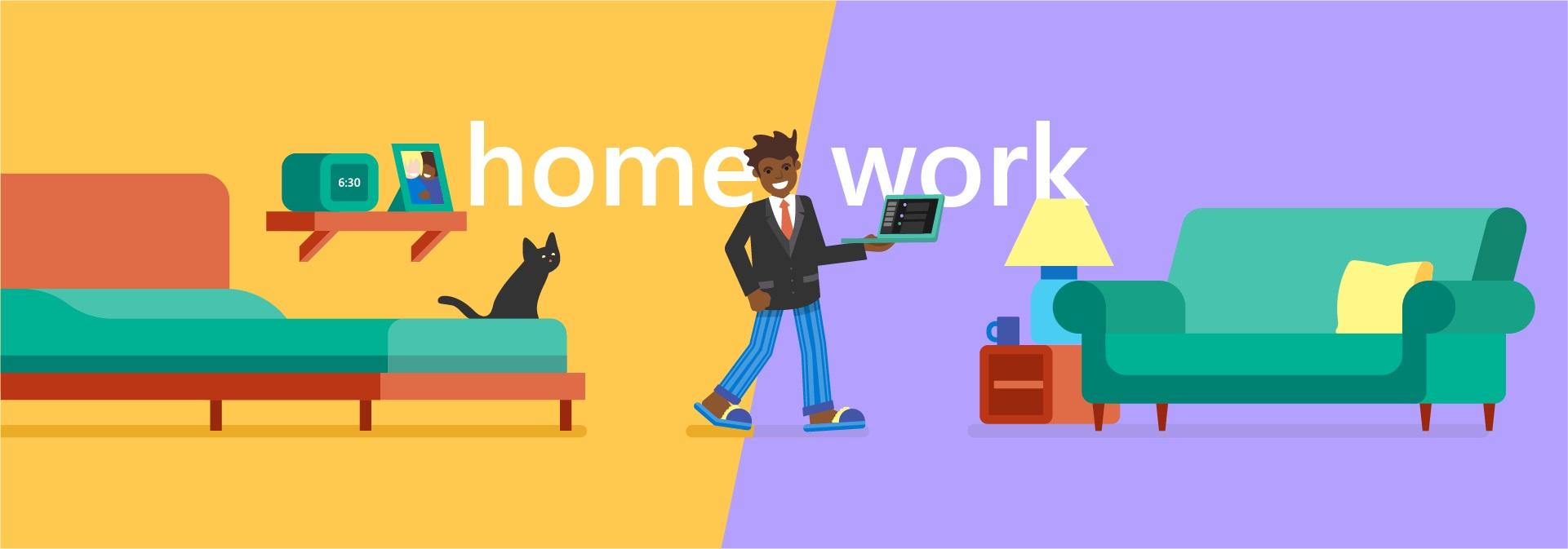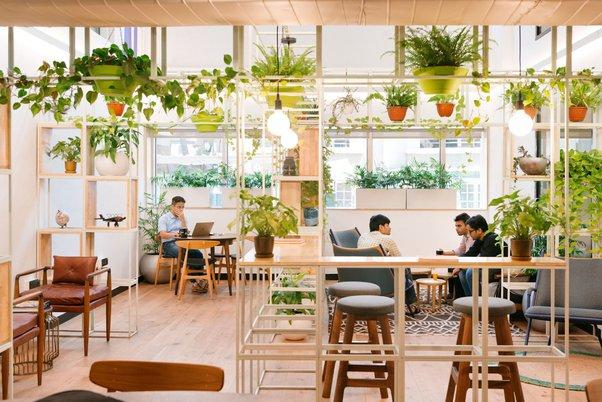 Elevating Your Professional Environment: Transitioning From Home To Office
Elevating Your Professional Environment: Transitioning From Home To Office
In the current global shift back to traditional office spaces, professionals are navigating the transition from the ease of home offices to a structured, in-person work setting.
This shift is not merely about changing locations; it encompasses adjusting to new routines, reassessing communication dynamics, and striving to cultivate a workplace that feels akin to a second home.
The challenge lies in seamlessly integrating the familiarity of a personal workspace with the professional environment, creating a harmonious balance that fosters productivity and a sense of belonging in the evolving professional landscape.
This blog post will explore the various aspects of transitioning from home to office, offering insights that can apply to any professional setting.
Ready to take your professional game to the next level? Transition seamlessly from home to office with our tailored solutions. Contact us today to unlock a brighter, more efficient work environment.
1. Fostering Collaboration And Team Spirit

More Efficient Work Environment
-
Face-to-Face Interaction
One of the primary advantages of working in an office environment is the opportunity for face-to-face interaction. In-person communication facilitates nuanced conversations, encourages spontaneous idea generation, and helps build stronger interpersonal connections. These interactions are crucial for effective team collaboration and can lead to a more cohesive and productive work environment.
-
Team Building Activities
The office setting provides a platform for organised team-building activities that can significantly enhance teamwork and camaraderie among colleagues. From team lunches to collaborative projects, these activities contribute to a positive work culture and strengthen the bonds between team members. The sense of belonging and shared purpose developed in an office setting is unparalleled.
2. Boosting Creativity and Innovation

Open And Collaborative Workspaces
-
Serendipitous Encounters
Offices are often designed to encourage chance encounters between employees. These serendipitous moments can spark new ideas, foster creativity, and lead to innovative solutions. The casual conversations that happen in hallways or during coffee breaks can be the breeding ground for groundbreaking concepts that might not emerge in a remote work setup.
-
Collaborative Workspaces
Many modern offices are designed with open and collaborative workspaces, promoting interaction and idea exchange among employees. These spaces are conducive to brainstorming sessions, impromptu meetings, and collaborative problem-solving, all of which contribute to a culture of innovation. The physical presence of colleagues can create an energy that is hard to replicate in a remote work environment.
3. Improving Work-Life Balance

Maintaining A Healthy Work-life Balance
-
Defined Boundaries
Working from home often blurs the lines between personal and professional life, making it challenging to establish clear boundaries. Transitioning to an office setting helps in delineating these boundaries, allowing employees to mentally switch off from work when they leave the office. This separation is crucial for maintaining a healthy work-life balance and preventing burnout.
-
Reduction of Distractions
While remote work offers flexibility, it also comes with its fair share of distractions –from household chores to family interruptions. The office provides a controlled and focused environment, minimising external distractions and allowing employees to concentrate on their work. This can lead to increased productivity and a more efficient use of work hours.
4. Enhancing Professional Development

Fostering Professional Development
-
Mentorship Opportunities
The office environment facilitates natural mentorship opportunities. Junior employees can benefit from the guidance and advice of more experienced colleagues, fostering their professional development. The mentor-mentee relationship is often nurtured through informal interactions, which are more readily available in an office setting.
-
Networking and Career Growth
Being physically present in the office allows employees to participate in networking events, workshops, and seminars that can significantly contribute to their professional growth. Face-to-face interactions with colleagues, superiors, and industry professionals can open doors to new opportunities and career advancements that might be harder to come by in a remote work scenario.
5. Prioritising Employee Well-being

Support Employee Well-being
-
Mental Health
While remote work offers flexibility, it can also contribute to feelings of isolation and loneliness. The social aspect of the office environment can positively impact employees’ mental health by providing a sense of community and support. The daily interactions with colleagues can alleviate feelings of loneliness and contribute to a more positive work experience.
-
Ergonomic Workspaces
Offices are equipped with ergonomic furniture and equipment designed to support employee well-being. The transition from home to the office can lead to improved physical health, as employees have access to proper workstations that reduce the risk of musculoskeletal issues associated with prolonged periods of remote work.
Wrapping up, transitioning from a home-based work environment to the office setting offers a myriad of benefits that go beyond the traditional 9-to-5 routine.
From fostering collaboration and creativity to enhancing overall well-being, the office environment provides a unique platform for professional growth and development.
While remote work has proven its feasibility, the return to the office represents a pivotal shift towards a more balanced and enriched professional experience.
Ultimately, the decision to transition should be approached with careful consideration, taking into account the unique needs and preferences of both employees and employers.
Take the first step towards a more efficient and inspiring work life. Read more about ‘Optimising Your Workspace: The Advantages Of Serviced Offices‘ for a game-changing transition.
